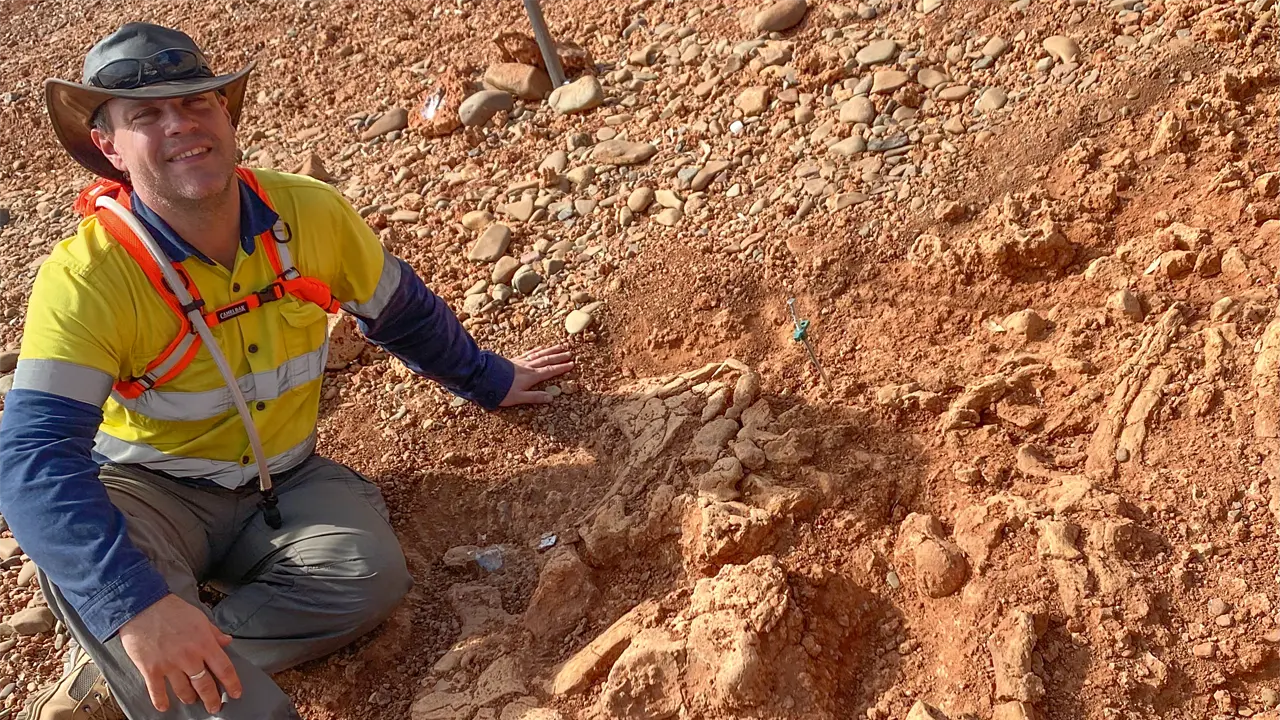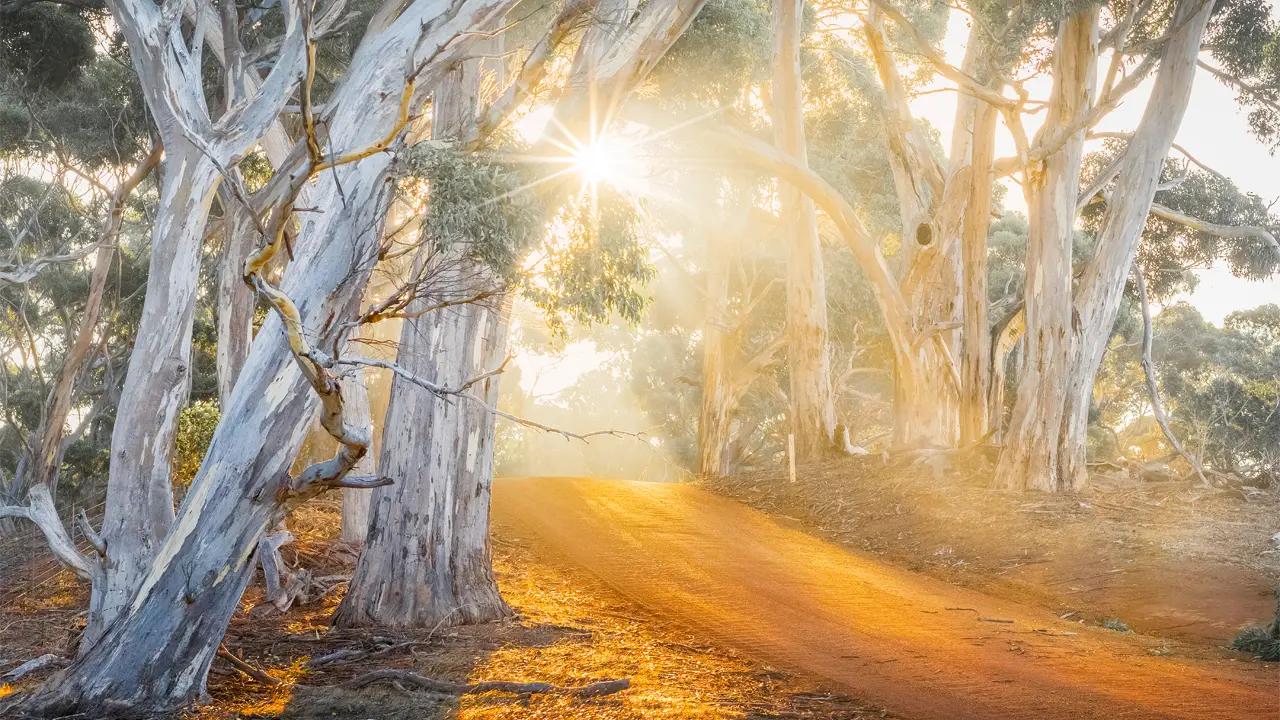A rugged landscape and rich history, all within a stone’s throw of Alice Springs, make the less-travelled East MacDonnell Ranges a fascinating getaway.
Story By Nick Cook
Alice Springs doesn’t fade in the rearview mirror, it blinks out behind the mountains that define the southern edge of the town like monumental ramparts. The gap between the two distinct ranges is not much wider than the highway and seems specifically designed to allow it through, creating a gate that marks the journey’s beginning. This portal is the halfway point of the mighty MacDonnell Ranges. To the right are the West MacDonnells, with blockbuster tourist attractions such as Simpsons Gap and Standley Chasm, all connected by sealed roads. The majority of tourists go in that direction, which makes it easy to swing the wheel to the left and point the vehicle towards the East MacDonnells, which are rougher, less visited and therefore a lot more enticing.
The best way to experience the East MacDonnell Ranges is along the Gem Trail, which links all the most impressive attractions. The road doesn’t immediately enter the range but instead accompanies it. The mottled red and green escarpment marches along on the left-hand side, in an almost unbroken line and at a generally uniform height, restricting the northern horizon in a way that contrasts sharply with the open plains that stretch away to the south.
To the local Arrernte people the ranges are three ancient caterpillar ancestors – Yeperenye, Ntyarlke and Utnerrengatye – from which those who are conceived in Alice Springs claim direct descent. The more time that is spent running parallel to the steep slopes, the more personality they seem to take on. It gets ever easier to see them as the Indigenous people did, as ancient anthropomorphic forebears. It’s no surprise they came to be seen as a source of life, as it’s obvious from even the most casual glance that they stood watching over this landscape long before humans arrived. The surfaces have very few rough or jagged edges, making them seem like the face of a centenarian whose skin has lost so much elasticity it doesn’t even hold the wrinkles that once defined their advanced years. The effect is to make the MacDonnells seem exactly as they are: an impossibly ancient mountain range that was once among the mightiest in the world but has since been worn down to a nub by the wind and rain of countless millennia.
Within a short distance of Alice Springs there are a number of sites worth stopping at, including Emily Gap and Jessie Gap, which have been carved through the mountains by streams. To walk along the sand between the towering red walls is to appreciate just how ancient the ranges are, while Emily Gap has the added attraction of Aboriginal rock paintings that depict part of the caterpillar legend.
About 30 kilometres out of Alice Springs a second giant caterpillar appears next to the first and the road slides into the gap between them, finally allowing you to feel as though you’re inside the MacDonnells rather than at the edge. However, the ground beneath the road remains level and it seems as though you’re being escorted by the mountains – held at arms-length by them, even – instead of passing over them.
Corroboree Rock, culturally significant as a meeting place for Indigenous tribes, is the next place to stop, while Trephina Gorge, a little further down the road, is a must-see. Upon arrival there are two options: a short stroll along the dry sandy river bed between the cliffs, which is suitable for virtually all ages and fitness levels, or a far more demanding climb up a steep set of rough-hewn stone stairs. The latter is a 90-minute hike that’s not recommended for those with lessened mobility or balance – parts of it are more like a goat track than a walking trail – but it’s worth the considerable effort to see the understatedly pretty native flowers that are scattered across the top of the ridge, without mentioning the spectacular views of the gorge itself.
This story excerpt is from Issue #67
Outback Magazine: Oct/Nov 2009









